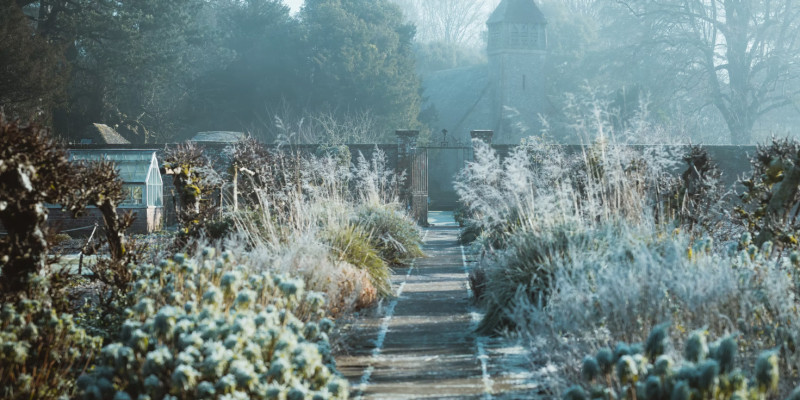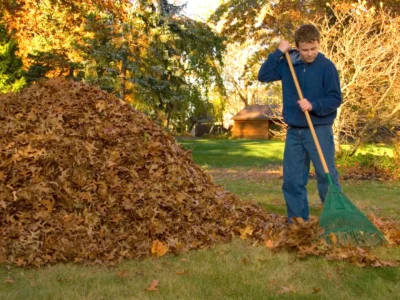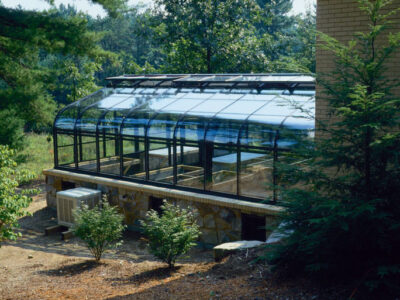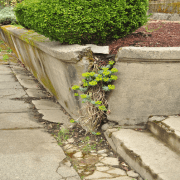Winter work in the garden is a necessity, despite the fact that fruit trees and shrubs are in a state of absolute dormancy. There is no way for plot owners to relax because the future harvest will depend on the quality and timely winter work in the garden unless they have an enclosed patio to relax in. When winter comes, most gardeners begin to worry about their gardens. After all, severe frost can severely damage your shrubs and trees.
Therefore, it is necessary to provide proper care for the garden in winter, which will help all garden cultures to survive the cold period of the year.
In this article, we provide a few things you shouldn’t miss during the winter period.
Preparing for the winter
Always better to prepare your garden for winter during the fall. First of all your garden requires a general cleaning. If there are badly damaged trees, they must be trimmed. Don’t forget to remove old bark, leaves, lichens, and mosses on them. If you notice any damaged bark, it is better to clean up. After that, do not forget to wash it with copper sulfate (3%).
Some trees may have hollows. It also needs care. It is necessary to carry out its cleaning inside, and at the end be sure to disinfect. These hollows should be filled with cement or construction foam. Dry branches should also be eliminated before the frost comes.
Do some repair works
Winter is a time to apply some protection to almost everything around. For example, every auto lover knows that it’s important to take care of your car protection before frost, especially if you got an expensive car similar to those renty.ae provides. So it’s necessary to take the car into a sheltered parking garage to protect it from heavy snow.
Like a car, gardening things also need to be taken care of. Wash your garden tools, dry them, and store them in the garage. Drain the watering hoses and place in a warm, dry place as well.
Some rules also apply to plants. If you have ornamental bushes on the site, water them abundantly. After that, the soil is deeply loosened and phosphorus-potassium fertilizers are applied: superphosphate and nitrogen-phosphorus-potassium fertilizer.
You shouldn’t rush to cover the bushes. It’s carried out when the average daily temperature drops to minus 5 degrees. Otherwise, the plants can be matted, which is more detrimental to them than mild low temperatures.
Heat-loving bushes, such as a rose, rhododendrons, clematis, are sprinkled high with garden soil with humus. Above the above-ground part, a frame is installed, which is filled with sawdust or dry foliage. Covering material is pulled over the frame: use lutrasil, spunbond, burlap, and put an additional layer of plastic wrap on the top so that the insulation doesn’t dampen.
For frost-resistant ornamental bushes, it is enough to mulch the trunk circle with peat or humus for insulation.
Getting things organized in the garden
Before the onset of frost, delicate varieties of roses, hibiscus, hydrangeas, and other beautifully flowering shrubs and young fruit trees must have been carefully wrapped and covered with agrofoil.
Young branches need a special care
After bad weather, it is not superfluous to check the condition of the protective structure and, if necessary, to correct it. Inspecting the trees, you should pay special attention to the young branches, which can simply break under the weight of the snow. All leaves leftover from the fall should be removed and the snow gently knocked off the branches. If you find a broken branch, the damaged area should be immediately sealed.
Take care of your lawn
Lush snow protects the grass from overcooling. But if you continually tamp it down by shoveling paths, the plants may die in the cold, and in the spring there will be gaps in the ground. For the same reasons, it is better not to throw snow on nearby shrubs and trees during the cleaning of paths, forming dense, frozen drifts.
Another threat to the lawn is the ice crust that occurs during sudden temperature changes. It interferes with air circulation, causing so-called snow mold to appear on the stems of the grass. And with the onset of spring, it has to be treated. In addition, the layer of muck inhibits the growth of bulbous flowers that awaken in early spring. There is only one solution to this problem: you need to break up the muck with the help of hand tools, without tamping it down.
Take care of the trees
Wrap tree trunks and branches with suitable sacking, conifer husk, special covering materials, thick paper, or just a newspaper. You can buy rodent protection nets in specialized stores. It is strongly not recommended to use only plastic. Choose a “breathing” material. Apply the cloth tightly, burying it a little in the ground. And it is necessary to wrap not only the stem but also the joints of the lower branches.
Snow mounds can become reliable protection against rodents and pests if you water the snow around the tree with cold water. This will create a crust that will prevent hares and mice from damaging the bark of the tree. If you cannot pour water under each tree and shrub, you can simply tamp the snow with your feet in the planting circle. This technique will prevent mice from getting to the trunk and nibbling the bark. The most reliable insulator is snow. It will not only provide the tree with protection but also provide enough moisture after melting. Ideally, the layer of snow near the tree should not be less than 40 cm.
In the second half of winter, young pine trees suffer from sunburn. Bright light is intensified by reflection from the snow and damages the needles. To protect it just wrap the crown in burlap. This cover can be removed when all the snow has melted. In a few years, the young seedlings will adapt and will not need to be covered.
Wait for a Spring
With the arrival of spring, when the garden begins to bloom with bright colors, you will feel the satisfaction of the fact that after all, the care of the garden has been made. In response to care, the fruit garden will reward the owners with a generous harvest, and in the ornamental garden, you can enjoy the bright colors of blooming plants.














Comments